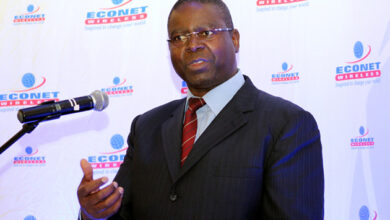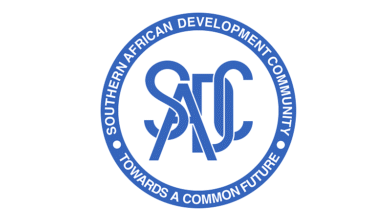Presidential Rural Solarisation Project to Transform Zimbabwean Homesteads

Zimbabwe has launched a groundbreaking initiative that promises to elevate the quality of life for over one million rural households in just five years. The Presidential Rural Solarisation Project, recently approved by Cabinet, will introduce small solar installations to rural homesteads, marking a leap forward in sustainable development.
The Solar Solution
Each installation will include solar panels, an inverter, a battery, and essential cabling. These systems are designed to power essential appliances such as lights, radios, televisions, phone chargers, laptops, small refrigerators, submersible pumps, and Wi-Fi modems. This shift will significantly improve the standard of living for rural families, bringing them closer to the amenities enjoyed by urban households.
While the solar systems will handle light electrical demands, alternative energy sources will still be required for high-demand needs such as cooking and water heating. Nonetheless, the initiative represents a massive step forward in bridging the rural-urban divide.
A Historical Perspective
Zimbabwe’s rural electrification efforts began in 1983, focusing on extending the national grid to rural centers. While progress has been made, the conventional approach of installing substations and kilometers of wiring has proven expensive and slow. More recently, the Rural Electrification Fund has implemented solar mini-grids in villages, offering basic power to small communities.
The new project builds on these successes, with plans to either expand village-based mini-grids or provide individual solar installations to homesteads, depending on their location and spacing.
Quality of Life Leap
The Presidential Rural Solarisation Project is more than an electrification program—it’s a transformative leap in quality of life. By adopting modern technologies such as solar power and internet connectivity, rural Zimbabweans can bypass decades of incremental development and embrace 21st-century living standards.
Small investments in solar installations yield significant returns, enabling families to enjoy amenities like clean lighting, communication devices, and basic refrigeration. These improvements align with Zimbabwe’s vision of becoming an upper-middle-income society by 2030.
Opportunities for Expansion
While the government focuses on providing the essentials, opportunities exist for further enhancement. Loan schemes could allow households to upgrade their solar systems, add water tanks, or install solar water heaters. Rural families with income from cash crops such as tobacco, cotton, or oil seeds could repay these loans seasonally, aligning with their income cycles.
Urban households could also benefit from similar solar solutions, especially in light of persistent load shedding. Many upper-income households have already embraced solar energy for light electrical needs and use alternative sources for cooking and water heating.
Balancing Solar and Grid Power
The program underscores the complementary roles of solar and grid power. While solar systems offer a sustainable solution for basic needs, the national grid remains essential for industries and heavy-load applications. Expanding grid access to rural business centers and urban growth points is still critical for economic development.
A Brighter Future
The Presidential Rural Solarisation Project and the Presidential Village Borehole Scheme are poised to deliver immediate and lasting benefits to Zimbabweans. By ensuring access to basic amenities like electric lighting and clean water, the initiatives embody Zimbabwe’s commitment to inclusive development.
This ambitious program compresses decades of progress into just five years, setting a new benchmark for sustainable rural development in Africa. As Zimbabwe accelerates toward its 2030 goals, initiatives like these will play a pivotal role in uplifting its people and fostering a brighter future.




